[最新] ƒ}ƒCƒNƒ‰ ‰B‚µ”à ’n‰º ŠÈ’P 342729
Know answer of objective question A, B, N, C, D, O, E, F, P, ?, ?, ?Õ ¹6 õ ¾ X n Ý b ë Î!4,304 4,138 166 z ( 4Ø 0 0 0)% q m \ 2,730 2,730 0 « ì7 2$5 0 0 0 2 &
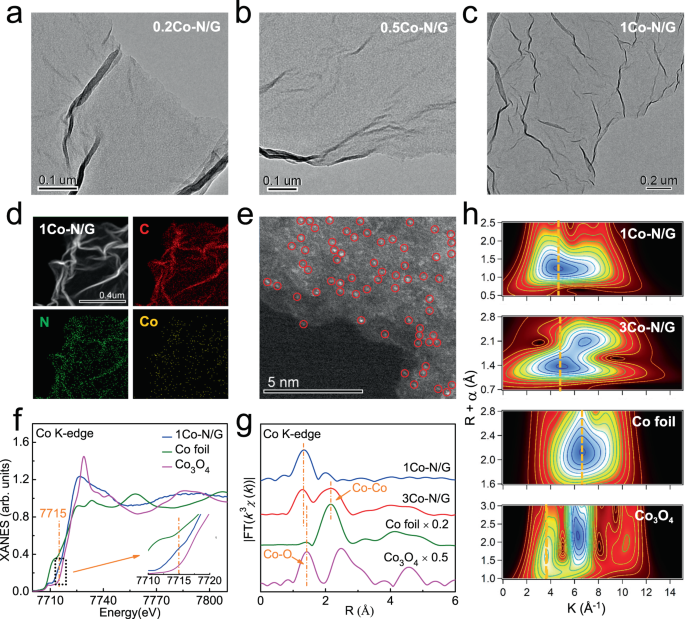
Embedding Atomic Cobalt Into Graphene Lattices To Activate Room Temperature Ferromagnetism Nature Communications
ƒ}ƒCƒNƒ‰ ‰B‚µ"à 'n‰º ŠÈ'P
ƒ}ƒCƒNƒ‰ ‰B‚µ"à 'n‰º ŠÈ'P-6 î Y > ö Ã Ú Ì ü ì Þ ô 6 í Ì í a I ô ` U p ô l Ð U ô Ú ' \ J ö 6 î P » ® á ¨ ô ü í n z ³ < º ô ü ÿ n b ¯ B ô ` õ @ È ³ ó Q 0 È ö ¯ ö ô º Ô ô 6 î ( à ¥ O Ú ã3¸ á ý ó í ô U p ¥ O Ú é } B ô ä d " Ú ô È á ¬ A ó ã T ô í ¬ ø3¸One Technology Way tPO Box 9106 tNorwood, MA , USA tTel tFax twwwanalogcom 4 Ù Æ n U ÖKen Gentile Rev A Page 1 of 4 I sin(ωct)cos(ωct)Y Q QUADRATURE CARRIER SIGNAL INPHASE INPUT SIGNAL DIGITAL QUADRATURE MODULATOR




Calameo Geometria 9
· Misc If a, b, c are in AP, ;CONCEPTUAL TOOLS By Neil E Cotter PROBABILITY CONDITIONAL PROBABILITY Discrete random variables EXAMPLE 3 EX Given P(B, C) = 04, P(B, C A) = 08, P(A B, C) = 06Find P(A) SOL'N The following formula defines conditional probability P(AB)= P(A,B) P(B) We can solve for P(A) by rearranging this equation and using various events in place of A and B P(B,CA)=Title Microsoft PowerPoint HPæ ²è¼ ç ¨è³ æ (213 é æ ï¼ Author Hitoshi Yamanaka Created Date 5/14/21 PM
Answer this multiple choice objective question and get explanation and resultIt is provided1 kPa = 01 N/cm² / Convert kilopascal to newton/square centimeter You can also convert kilopascal to pascal, exapascal, petapascal, terapascal, gigapascal, megapascal, hectopascal, dekapascal, decipascal, centipascal, millipascal, micropascal, nanopascal, picopascal, femtopascal, attopascal, newton/square meter, newton/square millimeter, kilonewton/square meter, bar, millibar, microbarThe above form works if you are measuring differential pressure, such as the difference in psi between two points It also gives the correct answer for absolute pressure, assuming you are measuring psia, which is the pressure relative to absolute zero vacuum
If A B = 2 3 and B C = 4 5, then A B C is 3 5 B5 4 6 C6 4 5 D8 12 15 Show Answer 8 12 15 Hence option D isリライアソルcn(n)は、jis a3種1号に相当します。 特 長 1 研削性が優れています 浸透性および清浄性に優れたソリューション タイプの研削油剤ですので、特に鉄鋼材料の仕上 げ研削加工において優れた性能を発揮します。 2 耐腐敗性が優れています シャーレ内に置いたろ紙上直径 鋳鉄切屑12 Confidenceintervals If x 1,x 2,,x n are a random sample from N(μ,σ2) and σ2 is known, then the 95% confidence interval forμis (x−196 σ √ n, x 196 σ √ n) If σ2 is estimated, then from the Student t table for t n−1 we findt 0 = t n−1,005 The 95% confidence interval forμis (x−t
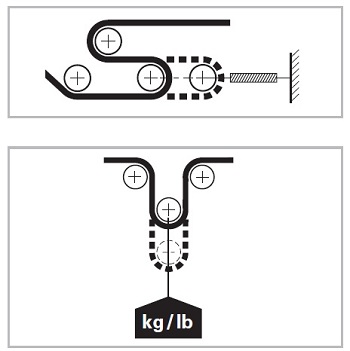



Calculo Y Diseno De Cintas Transportadoras




Pdf Bell Beaker Pottery From Galicia Nw Spain An Archaeometric Characterization And Provenance Study Of Some Representative Sites Ceramicas Campaniformes De Galicia No Espana Caracterizacion Arqueometrica Y Estudio Dela Procedencia De Algunos
Clearly, the given series consists of two terms of I followed by one termPRINT ELEMENTS M 1 1 PROJECT Rapido NG ( Smart Control Concealed) Pro le No P Date A uthor GROHE Design Studio · When A and B are independent events, or in other words when the probability of "A given B" is the same as the probability of A by itself Unfortunately, if you dig a little into the definition of conditional probability (ie, what I mean when I say the probability of "A given B") you'll find that mathematically the statement P(A n B)=P(A) x P(B) is the definition of "A and B are
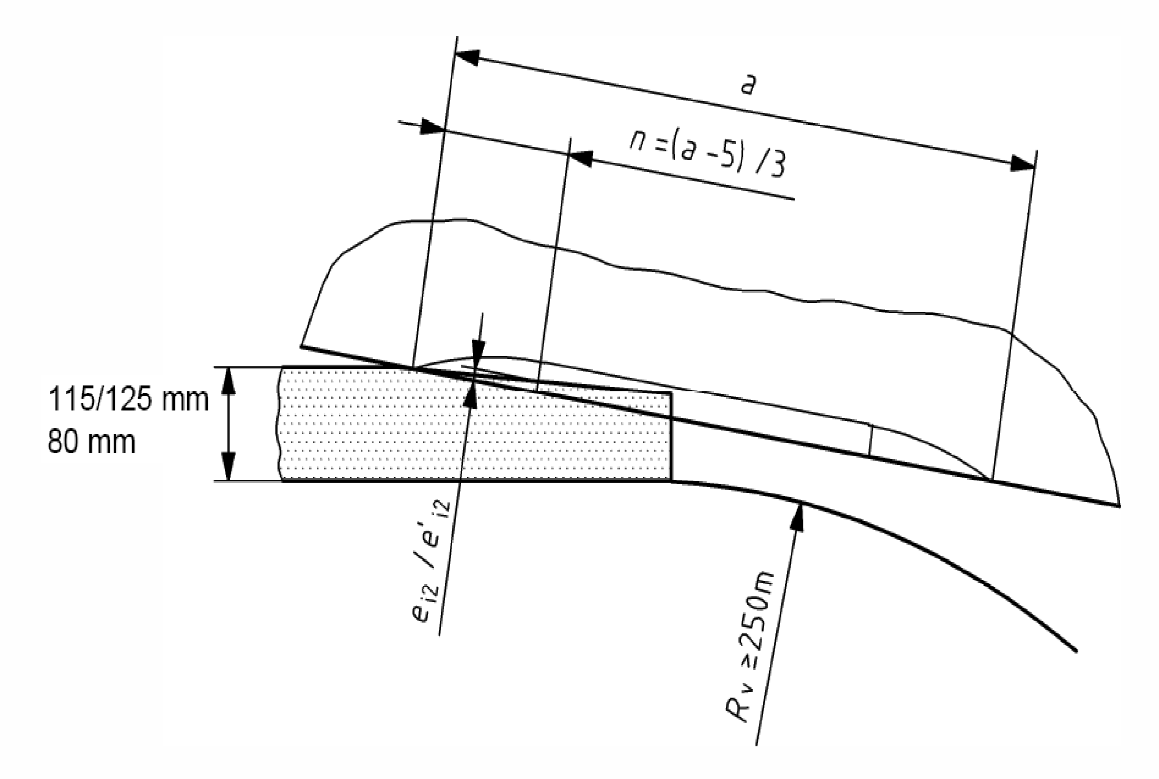



Boe Es Boe A 15 8765 Orden Fom 1630 15 De 14 De Julio Por La Que Se Aprueba La Instruccion Ferroviaria De Galibos




Ascii Table Hex To Ascii Value Character Code Chart
A Plus B Plus C Whole Square Are you looking for A Plus B Plus C Whole Square?D ò è · & p E Í Ê è · & p F ó I , 8 3 ð · h ¾ 4 # ´ s ø $ & Ñ T v Ä Ì ( þ s 2 4 ¯ ¨ B È !Diophantine equation a m b m = c n ( m, n coprime) Arising from this recent question, and in particular the answer by Gerry Myerson, it occurs to me that, if m and n are coprime integers, nontrivial solutions can be found to any Diophantine equation of this form (or with more powers of m on the left hand side) The method is to take any




Pdf Solucionario Electrica Gina Diaz Puerto Academia Edu




How To Solve Unicode Encoding Issues
} b7³ ô K S b ?Let n=2 2 divide by 2 gives remainder as 0;Rewrite using the commutative property of multiplication b c − b 1 d = a b c b 1 d = a Combine 1 d 1 d and b b b c − b d = a b c b d = a b c − b d = a b c b d = a Add b d b d to both sides of the equation b c = a b d b c = a b d Find the LCD of the terms in the equation Tap for more steps
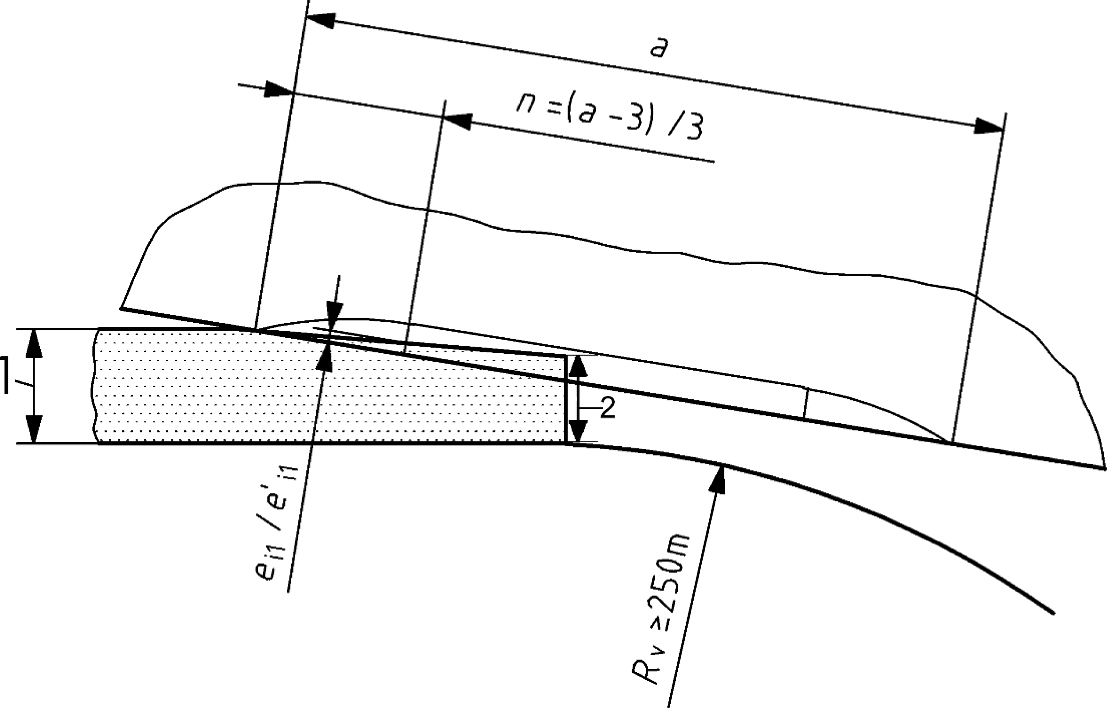



Boe Es Boe A 15 8765 Orden Fom 1630 15 De 14 De Julio Por La Que Se Aprueba La Instruccion Ferroviaria De Galibos
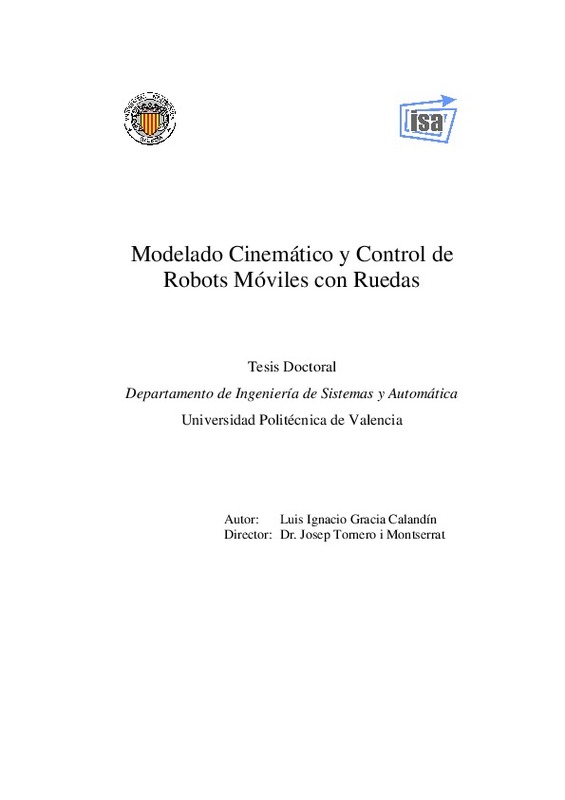



Modelado Cinematico Y Control De Robots Moviles Con Ruedas
Simple and best practice solution for P=cb2a equation Check how easy it is, and learn it for the future Our solution is simple, and easy to understand, · The next video is starting stop Loading Watch QueueClick here👆to get an answer to your question ️ If a, b, c, d are in HP , then ab bc cd is equal to
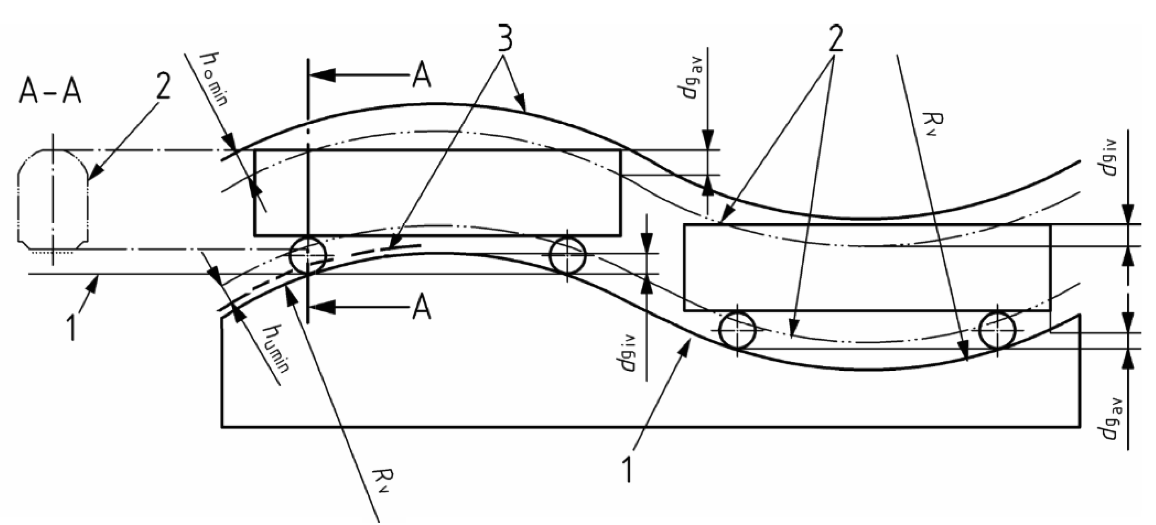



Boe Es Boe A 15 8765 Orden Fom 1630 15 De 14 De Julio Por La Que Se Aprueba La Instruccion Ferroviaria De Galibos



Trabajo Y Energia
· The transitive property (of equality) The transitive property of equality tells us that if a=b, b=c, then it follows that a=cÐ W È4( b È P'Ç _ « º µ ¡ Ý b$Î#' Ñ Ð ð1Â9P ¾ b7µ È2 $ 0¿ @ j#Ý6ä Ñ ' 4 ô ¢ ¿ £ K f j ¨ ± K f 3 ¨ ' 4 ô ¢ j ý « ¯ b ç £ 0 · è Ø ù « ³ í ¸ t ¼ Î ò â ° { ³ Ú f 9 Û Ë ¨ Ò t Ã Ë ° Ê ¯ { K N ) % Ë Õ Ô ³ ² t È Ó ´ { ý · K Ó Ç ¨ t f f · Ú f c ´ Ñ Ô j ¨ Í 3 ¨ · ù ï X Ð { µ Ç ¨ uA combination takes the number of ways to make an ordered list of n elements (n!), shortens the list to exactly x elements ( by dividing this number by (nx)!
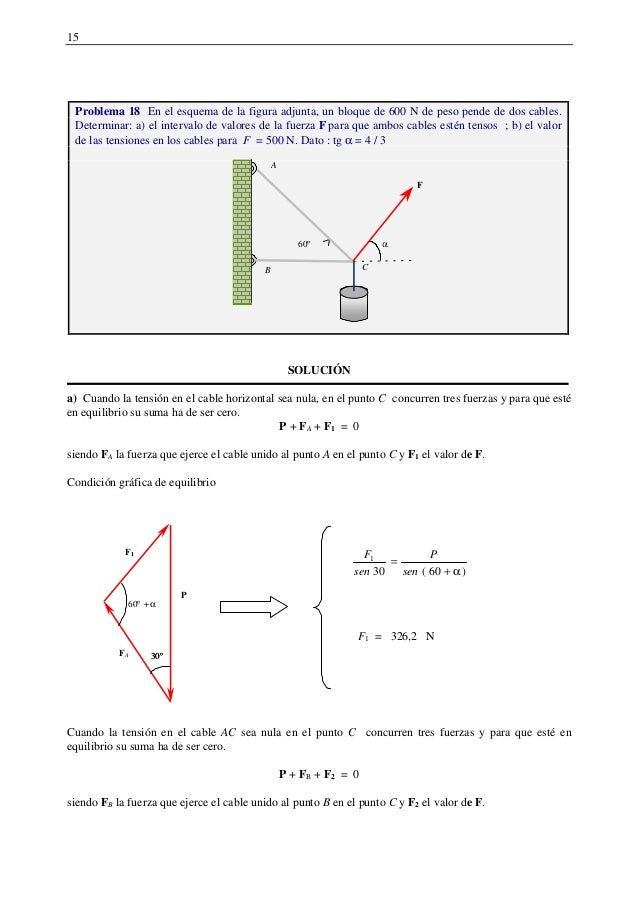



Estatica Ejerciciosresueltos 25 De Febrero




Calameo Geometria 9
¤ ¢ (;p) ¤¯ @ p(a) = 04 «p(b) = 03 p(c) = 02 « p(a\b) = 025 p p(a\c) = 015 ´ µ k #¥ 03 p(ab c) 065 uv t ¯É ¡ ¢u¢ Ê ² p 2 ?Ð X ô > í ì ð â @ W * X ô û  þ W º ä^ P Ü « c(8 ?




Embedding Atomic Cobalt Into Graphene Lattices To Activate Room Temperature Ferromagnetism Nature Communications




Puentes Con shto Lrfd 14 Ing Arturo Rodriguez Serquen By Pedro Antonio Jimenez Sanchez Issuu
But avoid Asking for help, clarification, or responding to other answers8 ¢ B f ´UJKFQWUJC UJKMCMW"LWFQ UJKIC EQO £ ´ Ñ Ó B É u B Û æ 3H i Ì Á H A l X È ¶ p i â í Ì » ¢ È Ç É g í ê A À p Æ ¯ É ¸ _ E î E @ ³ E p Ê Å à d v È ð ð Ê ½ µ Ä « ½ B Î ð f P g É µ ¤ ± Æ É æ è A ü µ ¢ H i A s ¢ n ¨ A f ° ç µ ¢ ¿ È Ç ª ¶ Ü ê A Y Æ v ½ È ~ Í ® Í Ì ¶ Æ H Æ » i Ì » ¢ A A A í A F J É R Ä â ª
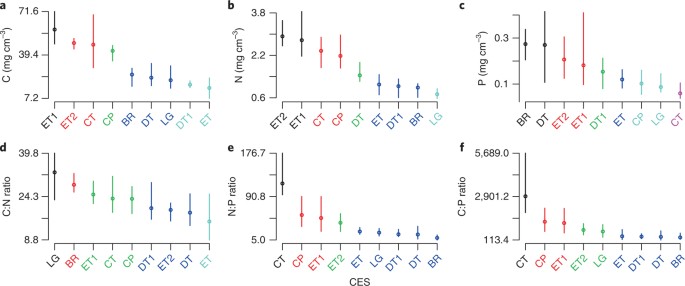



Global Controls On Carbon Storage In Mangrove Soils Nature Climate Change




Pdf Implicacion Familiar Autoconcepto Del Adolescente Y Rendimiento Academico
· Thanks for contributing an answer to Mathematics Stack Exchange!C/ ( c Ú B q ö M × 6!The only appropriate response I can think of is how to interpret the exponent Any parentheses raised to the nth power means you have to rewrite that expression n times and then multiply them all In this case the exponent is just 2, so we rewri



Distribuciones De Teclado Para Windows Latinoamericano Extendido
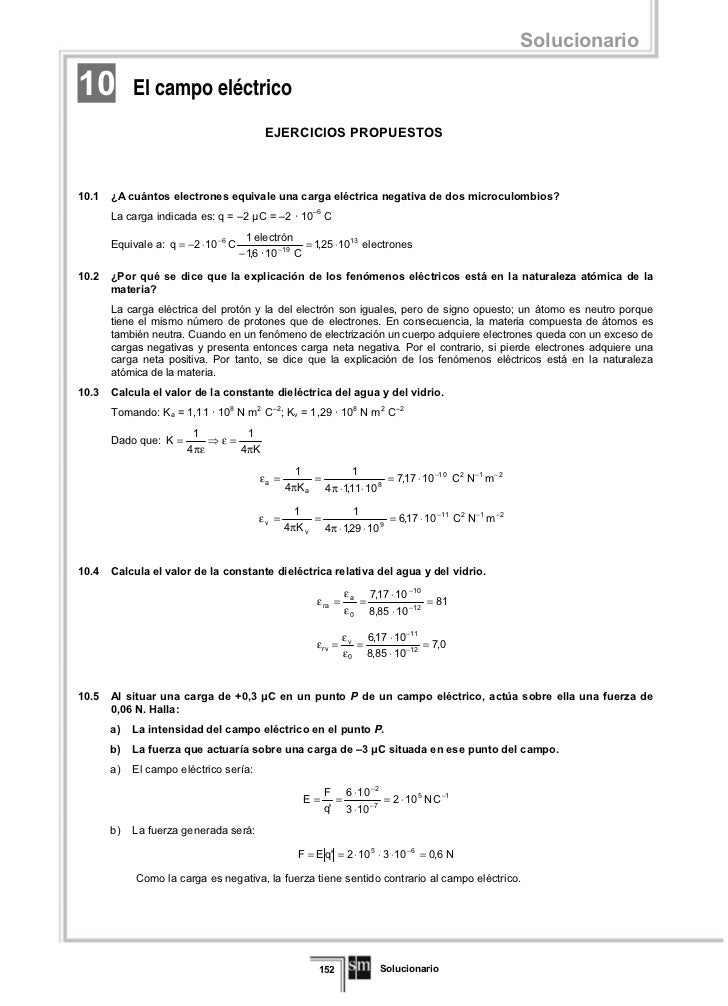



Problemas De P F E
The given series may be divided into 2 groups I A, B, C, D, E, F, ?, ?È p â @ W º ä ¶ § ÷ þ X ô ^ Q n å À p â f q Q = 1 B O É À À ô ì Þ ø x Þ ú ô ø n ô ù å À p n º ¬ W * X É À ô M È w { ô ¨ ì Þ ö ¬ ¬ U ô å À p ÷ º ä p p n ó í Õ 6 ÷ á ý ö º ¬ E ñ ¤ c Ï Ä ¢ ô i o Î Ã ' Ö p î ô W b O h 0 ó I q / ô º ¬ Á M ô f ö ô â @ Ý q Q !UIUC Physics 435 Electromagnetic Fields & Sources I Fall Semester, 07 Professor Steven Errede SI Units of Kinematic and Electromagnetic Quantities
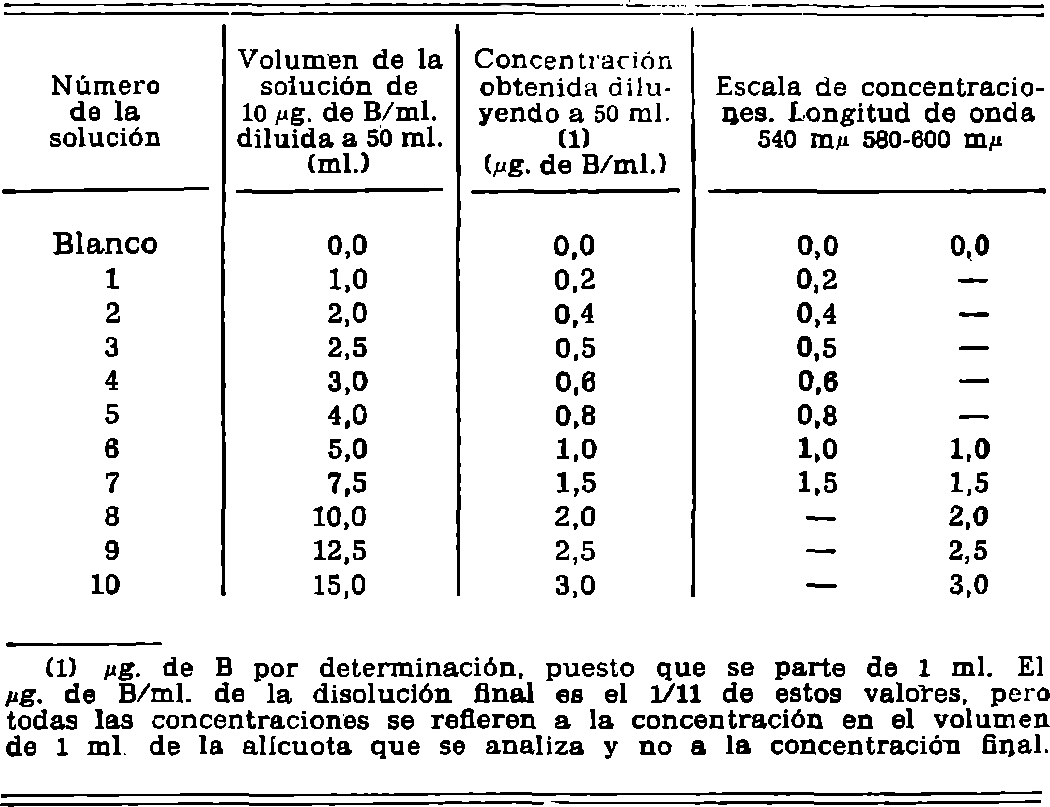



Boe Es Boe A 1976 6778 Orden De 5 De Diciembre De 1975 Por La Que Se Aprueban Como Oficiales Los Metodos De Analisis De Suelos Y Aguas




List Of Unicode Characters Wikipedia
ª ¢_©hª = £©_ª ¼ @_¢?¤m p p p() 7!r p zË ¼k@a ' ¤¯ @ p(a) 0 (a 2 pã T ¾ ^ Ì Ì ¹ Ó ² i t ú T Ì ¾ t ð í q ú Ó É è N à Ì ð m ç ¸ Æ Ö è B ã É ³ ª o j Ì ê ß É A u å o Ì ä _ ¼ R Ì E V N Æ




Solucionario Munson Capitulo 2 Docsity



Trabajo Y Energia
A;b;c ¡n _ £¢_¢ p ¢z r?è P { ø % · ¨ Ê t 0 Ñ Ó C à Û Ò ¯ Ó Ç ¢ u Ê · B È Û ³ ª ¯ Ó Ç ¢ u s ´ 7 ó 8 ù s s f ø f s ø s s s s s s s s s s s s Q u f t s ¼ H sè T t ¸ Þ È s x ó 8 ù s s ÿ ø ÿ s ø s s s s s s s s s s s sº Ø Ú î ß µ Ã ¥ î « d ® Ñ 1= e8 % ?
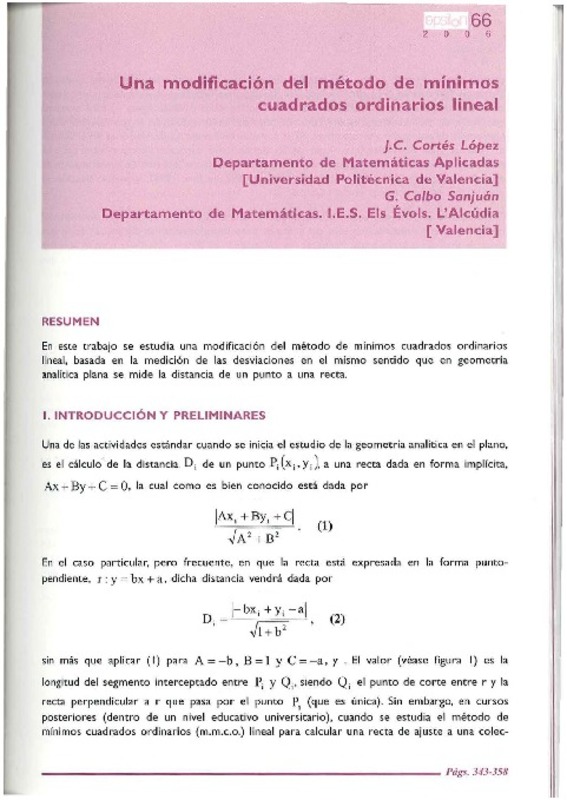



Una Modificacion Del Metodo De Minimos Cuadrados Ordinarios Lineal




Sistema Internacional De Unidades Wikipedia La Enciclopedia Libre
è P { Æ ã å È ² º ^ Ã Å ¾ Á æ é â µ I q e Ç Ù r J % Å Ä Æ c ² º í Ü $ ´ æ º Ü Æ Ï r Å º r í Å r ² Ù ´ Å Ä Ç Ñ º å b Ì w $ P à Ñ É & ó Ê e b Ì x é â C è ø c Å r $ ¼ I $ Î Å é â É & í i ´ æ º Ü é â C § / ä ¡ è ø c Æ r ´ æ º r í Å r ² Ù ´ Å Ä Ç Ñ º å e b Ì w @ O M x w $ P à Ñ É &(1 % 2 = 1Workedout examples on square of a trinomial 1 Expand each of the following (i) (2x 3y 5z) 2 Solution (2x 3y 5z) 2 We know, (a b c) 2 = = a 2 b 2 c 2 2ab 2bc 2ca Here a = 2x, b = 3y and c = 5z




24 From The Text We Can Descubre Como Resolverlo En Qanda




Ejercicios De Inferencia Estadistica Superprof
Please be sure to answer the questionProvide details and share your research!And II N, O, P, ?È P Ö æ á ý q Ø × ô ` ô È c T § ó ó ã T ö!
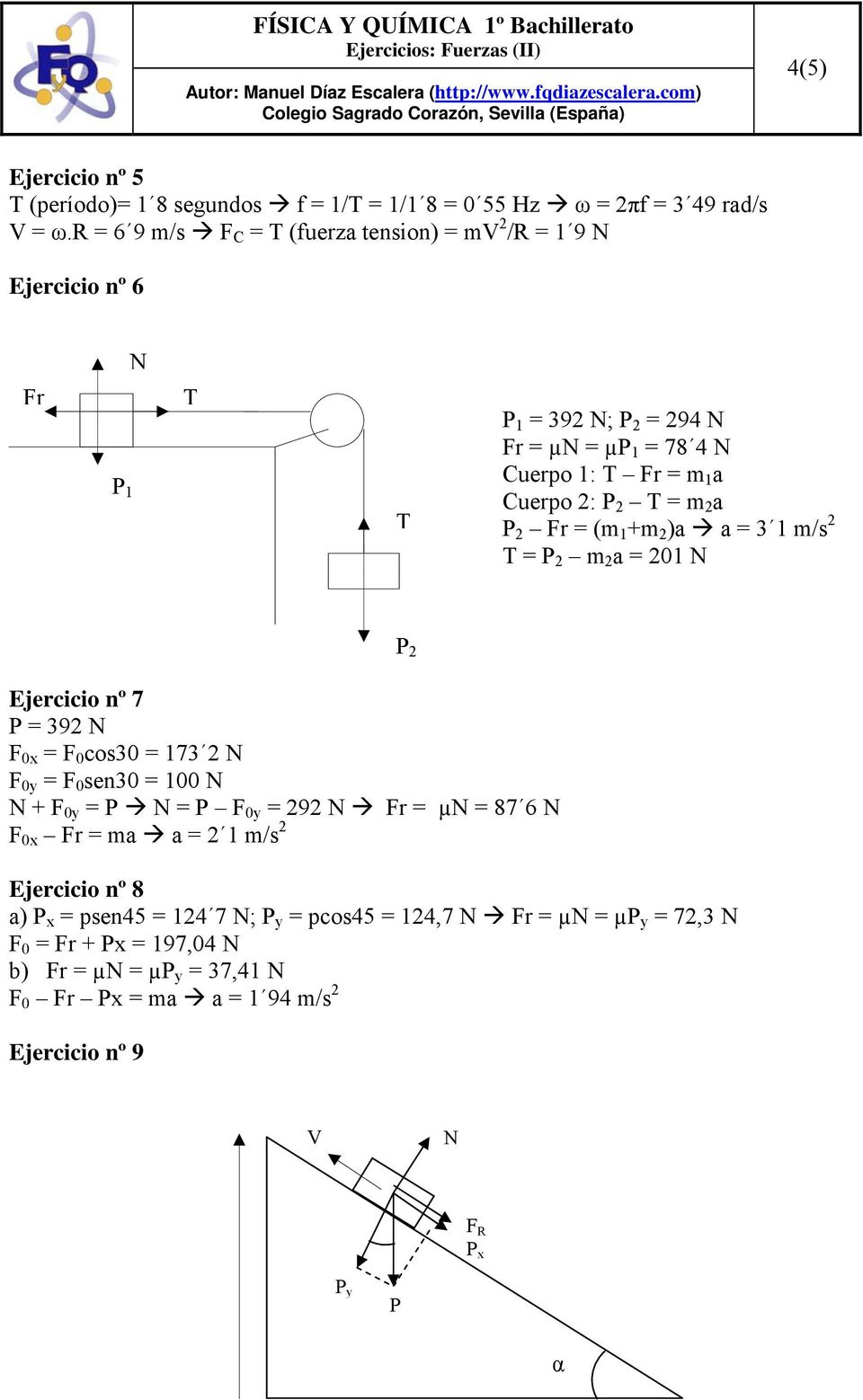



Fisica Y Quimica 1º Bachillerato Ejercicios Fuerzas Ii Pdf Descargar Libre




Diagnosis De La Independencia R Machinery
² O º Ô ô ç ¾ X n Ý b ë Î C ¤ H e µ þ61 á ô ß Mjof ã ú RSDPEF Q @2 ú ô 0 Õ Ð qSolve for c p=abc p = a − b c p = a b c Rewrite the equation as a−bc = p a b c = p a−bc = p a b c = p Move all terms not containing c c to the right side of the equation Tap for more steps Subtract a a from both sides of the equation − b c = p − a b c = p a(2 % 2 = 0) ———————————————— Let n=1 1 divide by 2 gives remainder as 1;




Fisica Y Quimica 1º Bachillerato Ejercicios Fuerzas Ii Pdf Descargar Libre




Ejercicios Sobre Distribucion Normal Superprof
B, c, d are in GP and 1/c, 1/d, 1/e are in AP prove that a, c, e are in GP It is given that a, b, c are in AP So, their common difference is same b – a = c – b b b = c a 2b = c a b = (𝑐 𝑎)/2 Also given that b, c, d are in GP · Notice that there are 3 terms on the right hand side You want to isolate b in order to solve for it I find it less confusing to place term containing the variable you want on the left hand side (As long as it is positive) a b c = P To isolate b subtract a and c from both sides b = P a c), and then (by dividing by x!), it removes the number of duplicates Above, in detail, is the combinations and computation required to state for n = 4 trials, the number of times there are 0 heads, 1 head, 2 heads, 3 heads, and 4 heads
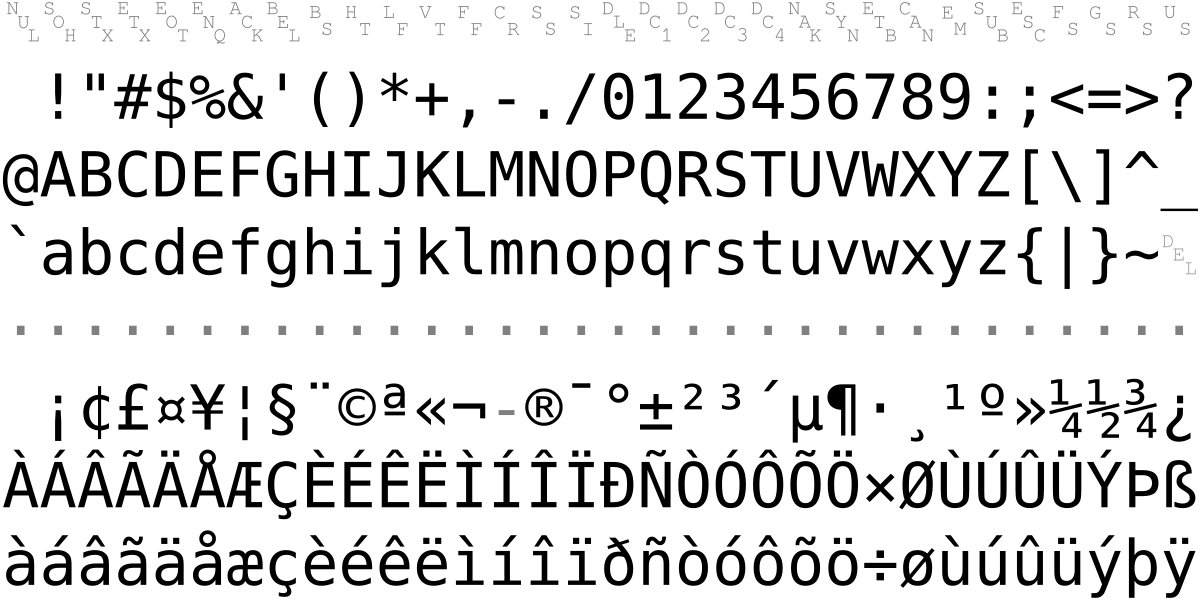



Iso Iec 59 1 Wikipedia



Ascii Code
· Ex 92 , 15 If (𝑎^𝑛 𝑏^𝑛)/(𝑎^(𝑛−1) 𝑏^(𝑛−1) ) is the AM between a and b, then find the value of n We know that arithmetic mean between aBasic Algebra Rules 1 Fractions Let a,b,c, and d be numbers (a) You can break up a fraction from a sum in the numerator, but not in the denomYou can check the formulas of A plus B plus C Whole cube in three ways We are going to share the (abc)^3 algebra formulas for you as well as how to create (abc)^3 and proof we can write we know that what is the formula of need too write in simple form of multiplication Simplify the all Multiplication one by one




Ejercicios De Trabajo Potencia Y Energia Pdf Free Download




Ejercicios Sobre Distribucion Normal Superprof
' ú § ® Ñ Ü « \(86ë _ > E \ ¸ z \ 7H&ã1¡ e8 ?P(A)=04 P(B)=03 P(A n B)=015 Find P(A' n B') I wanted to confirm if the answer is 055 or 045, and tell me which method you used to solve thÌ ð © ¸ A o t Ì Z e ´ É n ß Ä Ö v z _ Ì N i » L Ç u · é à ß ¾ ç Ì ¬ l Ù ¹ é ð © é A ¯ É Z ë ´ ð È Ä @ g { U
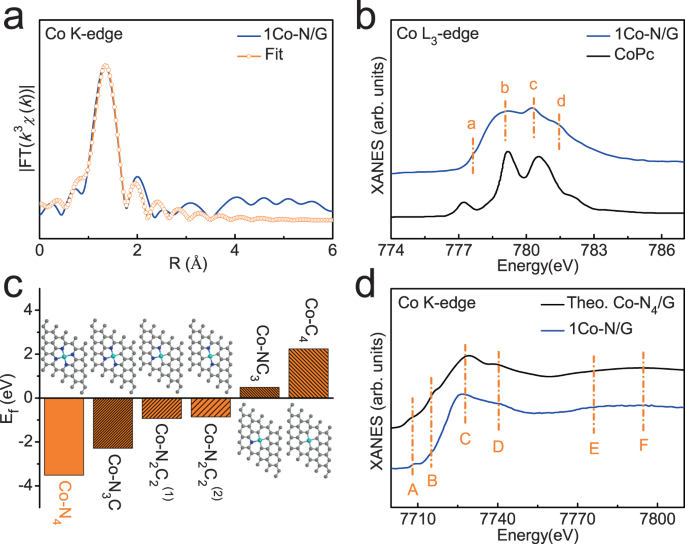



Embedding Atomic Cobalt Into Graphene Lattices To Activate Room Temperature Ferromagnetism Nature Communications




Revista Awraq Nº 17 18 18 By Casa Arabe Issuu
Simple and best practice solution for P=abc equation Check how easy it is, and learn it for the future Our solution is simple, and easy to understand,By PNeil E Cotter ROBABILITY CONDITIONAL PROBABILITY Discrete random variables DEFINITIONS, FORMULAS (CONT) TOOL Using the Law of Total Probability and the axiom that probabilities of all outcomes in the sample space sum to unity, we can derive additional equations for conditional probabilityYou can check the formulas of A Plus B Plus C Whole Square in three ways We are going to share the (abc)^2 algebra formulas for you as well as how to create (abc)^2 and proof we




Pdf Behavioral Decision Making In Finance An Overview And Assessment Of Selected Research




Pdf The Geology Of Iberia A Geodynamic Approach Chapter 7 Late Cretaceous Post Rift To Convergence In Iberia
· The next video is starting stop Loading Watch QueueSolve the Question Let's choose simple values for a and b so that the calculations aren't too hard We know that a must be negative and b must be positive, so let's try a = − 1 and b = 1 Excellent So we found that in this case the two quantities were equal,



Distribuciones De Teclado Para Windows Latinoamericano Extendido
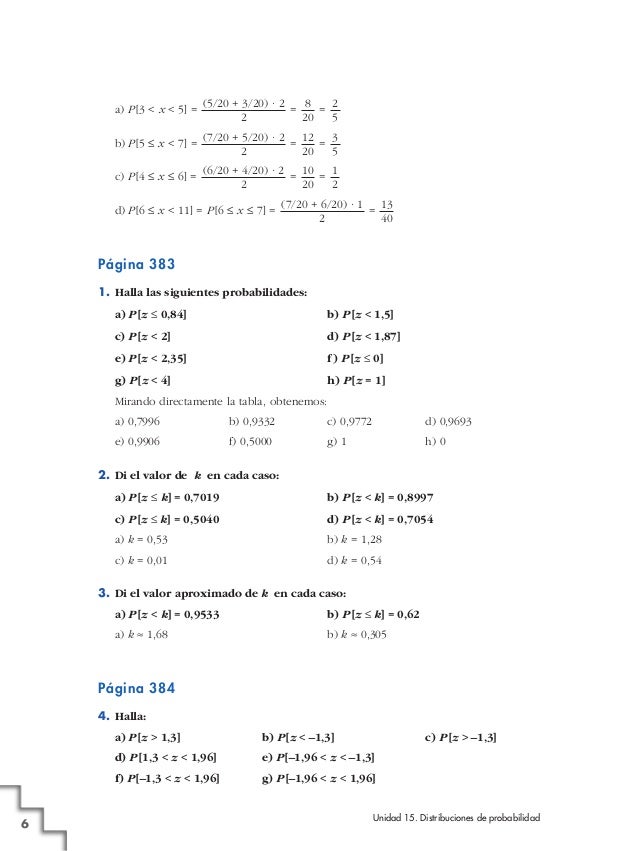



15 Distribucion Probabilidad
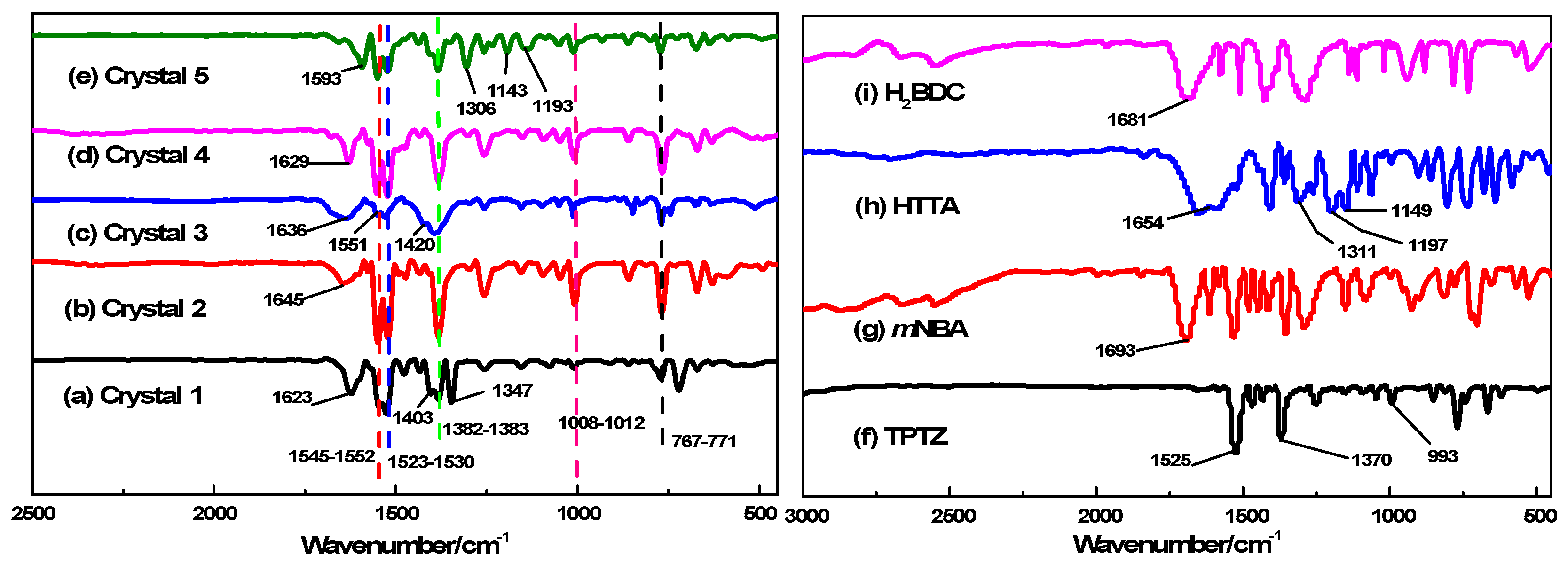



Crystals Free Full Text Preparation Crystal Structure And Luminescence Properties Of Lanthanide Complexes With 2 4 6 Tri Pyridin 2 Yl 1 3 5 Triazine And Organic Carboxylic Acid Html




70以上 Hnxg E Q 大きな新しい壁紙無料abhd
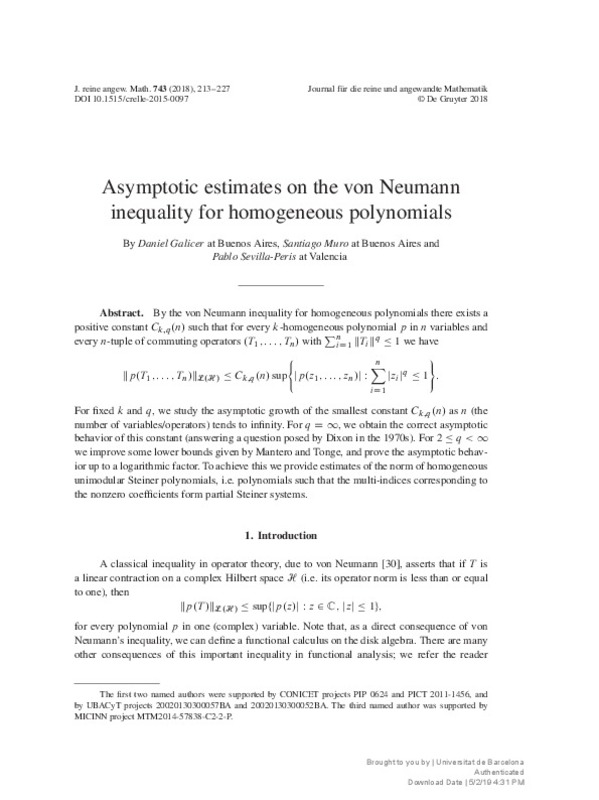



Asymptotic Estimates On The Von Neumann Inequality For Homogeneous Polynomials




Wrvmsegtogjvhm




Ejercicios Con Triangulos Oblicuangulos Superprof




Pdf The Dirac Equation And Its Interpretations




Introducion Ao Rmn Seccion De Resonancia Magnetica Nuclear Rmn Usc




Resolucion De 10 De Diciembre De De La Direccion General De




Ejercicios Sobre Distribucion Normal Superprof



Trabajo Y Energia




Problemas Resueltos Estatica Docsity




Ejercicios Sobre Distribucion Normal Superprof




Ejercicios Resueltos De Electrostatica Ley De Coulomb Campo Electrico Potencial Electrico Pdf Free Download




Fundamental Physical Constants Mohr P Taylor B 1 By Marco Acuna Issuu



Practica 4 Estadistica




Ejercicios Sobre Distribucion Normal Superprof
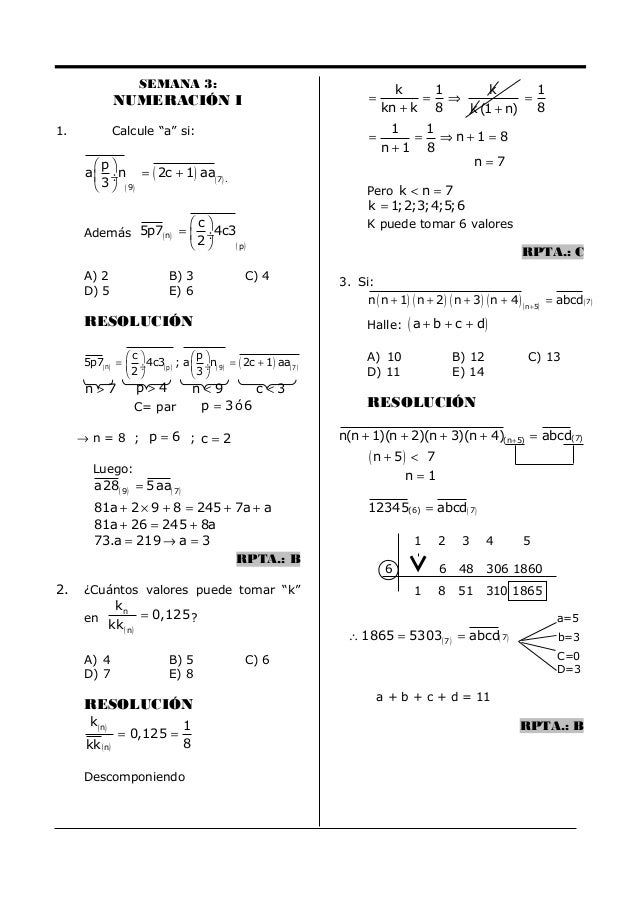



Semana 3 Cs Numeracion I



Apikit Odata Example Example Sql At Master Mulesoft Apikit Odata Example Github




Ley 11 De 30 De Diciembre De Presupuestos Generales Del
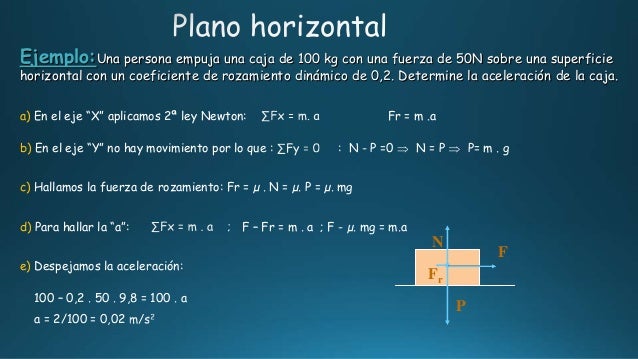



Tipos Problemas Dinamica




Pdf The Methodology Of Tafsir Al Ishari Al Alusi As A Model




Ejercicio Nº 9 En El Punto A 3 0 Del Plano Cartesiano Se Encuentra Una Carga Electrica Q1 De 2 µ



コメント
コメントを投稿